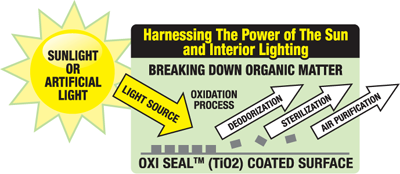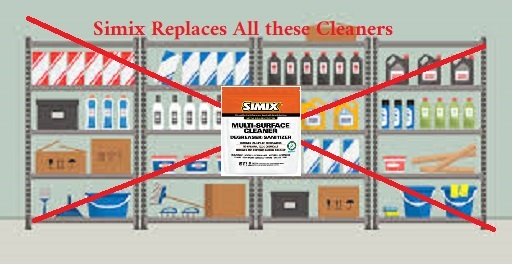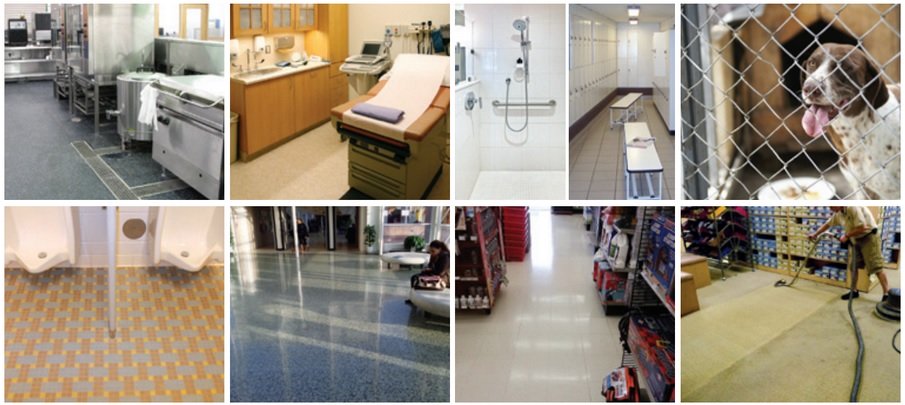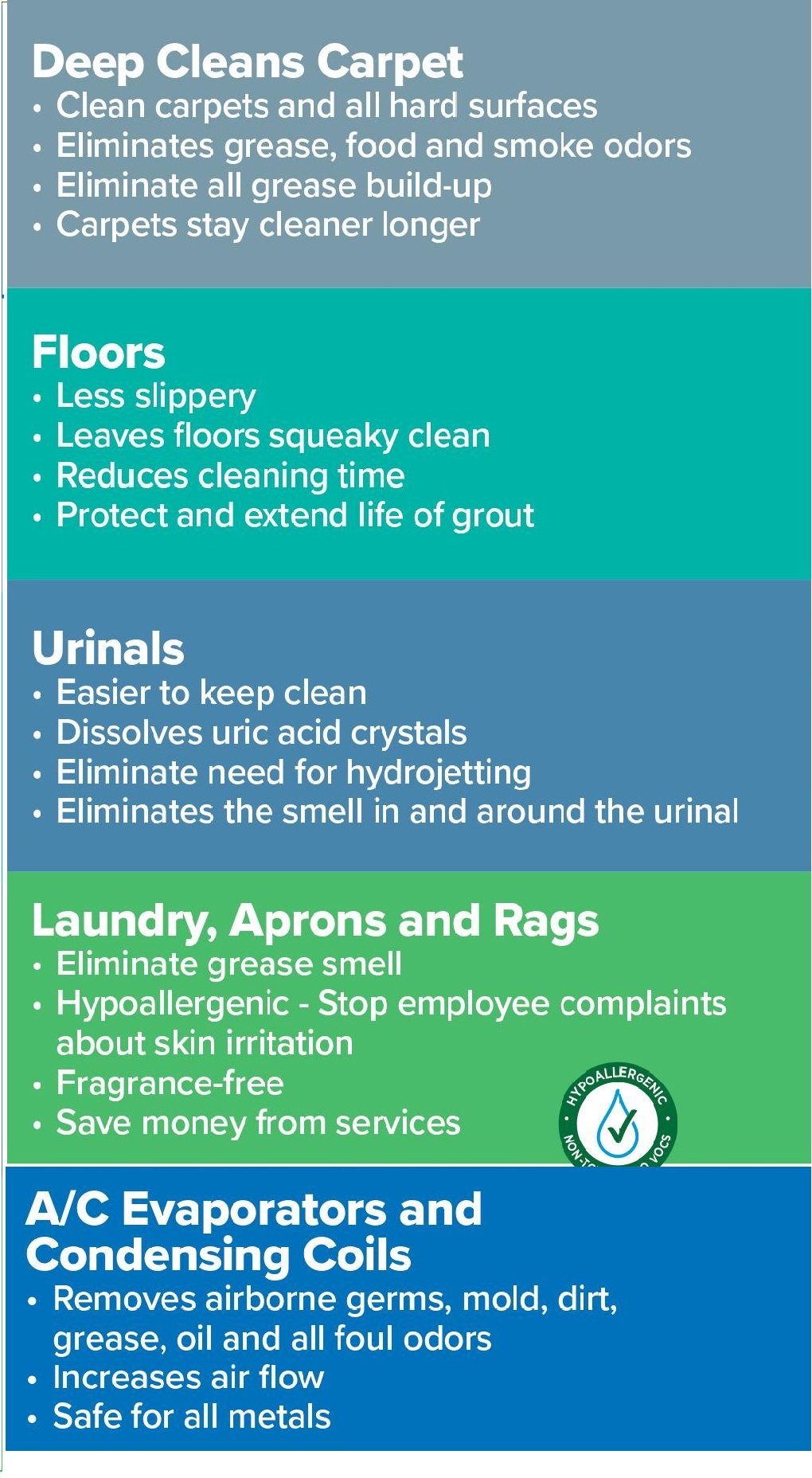Improve Air Quality with photocatalytic Surfaces

Improve air quality
In recent years, the construction industry has been witnessing a groundbreaking shift towards sustainability, driven by the need to combat environmental challenges and reduce our carbon footprint. One of the most promising innovations in this realm is the advent of photocatalytic surfaces, a revolutionary process that not only enhances the durability of structures but also actively contributes to environmental cleanup In this article, we delve deep into the world of photocatalytic surfaces to improve air quality, exploring its most prominent properties, applications, and the transformative impact it is poised to have on the construction industry.
Self-Cleaning Abilities
Photocatalytic surfaces derives its remarkable properties from the incorporation of photocatalysts, typically titanium dioxide (TiO2), applied with ceramic coatings. These photocatalysts, when exposed to ultraviolet (UV) or natural sunlight, initiate a chemical reaction that results in several extraordinary features:
One of the most prominent properties of photocatalytic concrete is its self-cleaning prowess.
When exposed to UV rays, the photocatalysts activate and begin breaking down organic pollutants on the surface. This self-cleaning mechanism not only maintains the aesthetic appeal of structures but also reduces maintenance costs significantly.

Photocatalytic concrete goes beyond aesthetics; it actively contributes to improving air quality. The photocatalytic reaction with UV light enables the concrete to break down harmful pollutants, such as nitrogen oxides and volatile organic compounds, into harmless substances. This air-purifying feature makes photocatalytic concrete an invaluable asset in urban environments plagued by air pollution.This is not some fantasy but scientific fact and proven world wide with simix photocatalytic coatings
Other uses to improve air quality
Aside from its environmental benefits, photocatalytic surfaces offer exceptional durability.
The self-cleaning action prevents the accumulation of dirt and pollutants, thus increasing the lifespan of structures and reducing the need for repairs and maintenance.
The versatility of photocatalytic surfaces makes it suitable for a wide range of applications in the construction industry. Here are some key areas where it is making a significant impact:
Turn any surface into a self cleaning photocatalytic surface.
Photocatalytic surfaces is increasingly being used in the construction of bridges, tunnels, and highways.
Its self-cleaning and air-purifying properties help maintain the integrity of these critical infrastructures while improving the overall environment.
From residential homes to commercial complexes, photocatalytic surfaces is becoming a preferred choice for architects and builders. Its ability to maintain a pristine appearance and contribute to healthier indoor air quality enhances the appeal of such structures.
Public spaces, including parks, plazas, and sidewalks, benefit from the self-cleaning feature of photocatalytic concrete. These areas remain clean and aesthetically pleasing, promoting a more pleasant urban environment.
Beyond construction, photocatalytic concrete plays a vital role in environmental remediation. It can be used to create surfaces that actively reduce pollution levels in heavily industrialized areas, thus contributing to a cleaner and healthier environment.
The Future of Sustainable Construction
As the world continues to grapple with environmental challenges, the adoption of innovative materials like photocatalytic concrete becomes imperative. Its unique combination of self-cleaning, air-purifying, and anti-graffiti properties positions it as a frontrunner in sustainable construction practices. The benefits are clear:
- Reduced maintenance costs
- Improved air quality in urban areas
- Prolonged lifespan of structures
- Enhanced aesthetic appeal
- Lower environmental impact
In conclusion, photocatalytic concrete represents a promising leap towards a more sustainable and eco-friendly future for the construction industry. Its ability to actively combat pollution, maintain cleanliness, and promote structural longevity makes it an invaluable asset in the pursuit of greener and more resilient urban landscapes. As the demand for sustainable construction solutions continues to grow, photocatalytic concrete stands at the forefront of this transformative journey.




